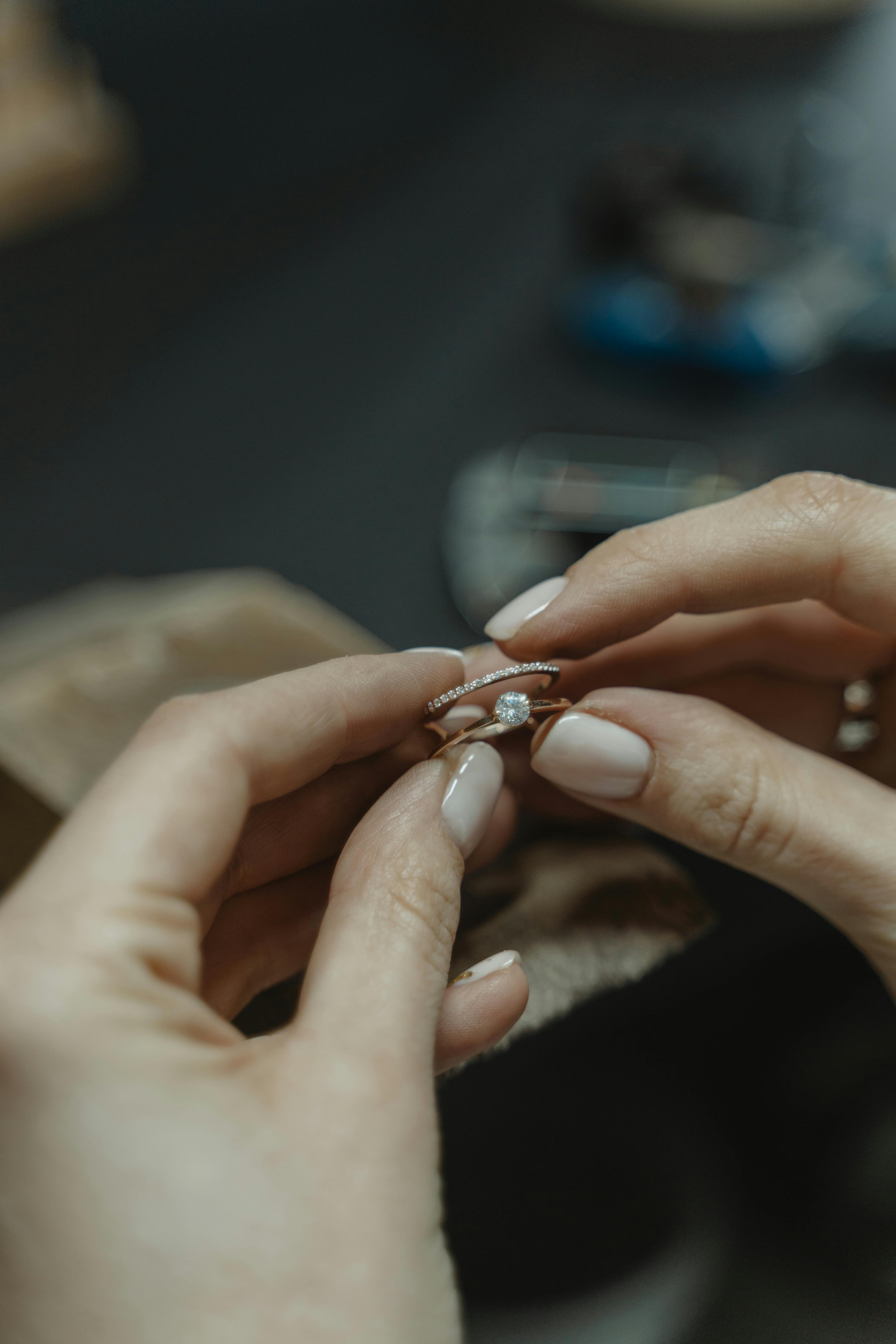Effective Ways to Remove Nail Glue in 2025: Discover the Best Methods

Effective Ways to Remove Nail Glue in 2025
Removing nail glue can be a tricky process, especially when you're not equipped with the right knowledge and techniques. The importance of understanding how to remove nail glue safely cannot be emphasized enough, as improper methods may lead to skin irritation or nail damage. In this article, we will explore the best methods for nail glue removal, helping you to effectively dissolve adhesive without causing harm to your nails or skin. We'll cover various techniques, including the use of acetone, vinegar, and oil, as well as home remedies and professional advice. By the end of this article, you will have a comprehensive understanding of nail glue removal and be empowered to choose the best method for your needs.
Key takeaways include a look at chemical-free options, quick removal methods, the benefits of using gentle products, and essential aftercare tips. Let's dive into the world of nail glue removal!
Understanding Nail Glue Types and Their Adhesive Properties
To effectively tackle nail glue removal, it's crucial to understand the different types of nail glues available. Nail glue generally falls into a handful of categories, each with its chemical composition and adhesive properties. Knowing these differences can aid in selecting the most suitable removal method. For example, the most common types are cyanoacrylate-based glues, renowned for their strong adhesion, and specific professional-grade glue used in salons. Understanding these substances and how they bond with your nails is key to successful nail glue removal.
When discussing the properties of nail glue, consider that various formulas can have different removal challenges. For instance, some glues set quickly and may bond more intensely, posing a greater challenge for removal. On the other hand, certain brands offer a gentler adhesive that can be softened more easily with common household items. This variety necessitates an exploration of specific methods tailored to your glue type.
Common Types of Nail Glue
Knowing the different types of nail glue will help you understand how to remove them effectively. Here are some common types:
- Cyanoacrylate-Based Glue: This is the most popular type used in artificial nail applications due to its quick-drying properties and strong adhesion.
- Professional-Grade Nail Glue: Typically used in salons, these adhesives may require specific solvents for removal.
- Water-Based Adhesives: These are less common but are easier to remove and generally less harsh on nails and skin.
Each type presents unique challenges for removal, thus necessitating an informed approach.
Chemical and Physicochemical Properties of Nail Adhesives
The effectiveness of nail glue removal hinges on the chemical properties of the adhesive. Most nail glues contain cyanoacrylate, which polymerizes quickly when exposed to moisture. This characteristic is pivotal while considering removal methods. Acetone for nail glue removal is often the go-to solution due to its ability to dissolve these adhesives by breaking down the polymer chain.
Risks and Safety Considerations When Removing Nail Glue
When removing nail glue, it’s crucial to consider the risks. Improper removal methods can lead to skin damage or even tearing of the natural nails. It's essential to protect the surrounding skin while using solvents like acetone or vinegar; always perform a patch test to check for allergic reactions before applying these substances extensively. Using proper tools such as cotton balls for nail glue application can help ensure that you manage the removal process safely.
The Best Method for Nail Glue Removal
With an understanding of how nail glue works, let’s explore the best methods for removal. Each method varies in effectiveness and suitability depending on your specific needs. From acetone to natural remedies like vinegar, this section will equip you with diverse strategies for effective nail glue removal.
Using Acetone for Nail Glue Removal
Acetone is often deemed the most effective nail glue removal agent due to its strong solvent capabilities. When using acetone, soak a cotton ball in the solution and apply it to the glued area. Cover it with foil to enhance the absorption process. After a few minutes, gently wipe the area to see if the glue has dissolved.
However, it's crucial to balance the use of acetone with nail health. Overuse may lead to dryness and brittleness, so ensuring proper nail care after removal is vital.
Vinegar as an Alternative Nail Glue Remover
If you're seeking a chemical-free nail glue removal method, vinegar is an excellent natural remedy. The acetic acid in vinegar helps break down the bond without harsh chemicals. Soak your nails in warm vinegar for approximately 15 minutes, checking periodically until the glue softens. Afterward, gently scrape off the glue with a cuticle pusher or your fingers.
Vinegar is perfect for those worried about the lasting effects of acetone and offers a safe alternative for sensitive skin.
Oil to Remove Nail Glue
Oils, such as olive oil or coconut oil, can also assist in nail glue removal. Applying oil directly to the nails and massaging can help break down the glue’s grip. While this method may not act as quickly as acetone, it’s a safer approach that promotes nail health by moisturizing the nail bed. After soaking, gently rub to remove the softened adhesive. This is particularly useful for sensitive skin types or post-application care.
Quick Nail Glue Removal Methods
When you're pressed for time, having quick nail glue removal methods at your disposal can be incredibly beneficial. Here, we will share efficient and rapid strategies that enable you to remove nail glue with minimal hassle.
Warm Water Soak Method
A warm water soak can significantly ease nail glue removal. Fill a bowl with warm (not boiling) water and soak your nails for about 10-15 minutes. The heat helps soften the glue, making it easier to peel off. For enhanced effectiveness, you can add mild soap to the water to further break down the adhesive. This method is not only quick but also gentle on the nails.
Using Nail Polish Remover
Nail polish removers containing acetone can serve double duty for glue removal. Apply the remover to a cotton ball and follow a similar process as with pure acetone. This method provides a gentle yet effective approach, especially for stubborn glue.
Gentle Removal Using a Cotton Ball
A cotton ball is an essential tool for nail glue removal that can help distribute acetone or other solvents evenly on the glue. Soak the cotton ball in your chosen removal substance and press it against the glue for optimal saturation. After allowing it to sit, gently rub the area to remove the adhesive.
Caring for Your Nails After Glue Removal
Post-removal care is just as crucial as the removal process itself. Caring for your nails after removing glue helps restore strength and promote overall health. Here, we provide some essential tips for nail maintenance after glue removal.
Nail Maintenance Tips
After successfully removing nail glue, it's vital to implement preventative measures and regular maintenance. Start with hydrating your nails using cuticle oil or a nail strengthener. This helps combat dryness caused by solvents and preserves nail integrity.
Skin Care After Nail Glue Removal
Don't neglect the skin surrounding your nails. Use a gentle moisturizer or an essential oil blend to soothe any irritation. This step is particularly important for individuals with sensitive skin.
Monitoring Nail Health Post-Removal
Regularly inspect your nails for any signs of damage or discoloration after glue removal. If you notice persistent issues, consider consulting a professional to address potential underlying concerns.
Frequently Asked Questions about Nail Glue Removal
In this section, we aim to address common concerns regarding nail glue removal, offering practical solutions and expert recommendations. Whether you're a DIY enthusiast or seeing a professional, understanding these aspects can enhance your experience and safety.
What Should I Do if I Experience Skin Irritation?
In case of skin irritation from the glue or removal products, immediately wash the area with soap and water. If irritation persists, consider applying a soothing cream and refraining from further applications until the skin has healed.
Can I Reapply Nail Glue After Removal?
Yes, but it’s crucial to ensure that nails are clean, dry, and free of residual glue before reapplication. Allow your nails to rest after removal to prevent weakness.
How Often Can I Use Nail Glue?
Limit the use of nail glue to avoid damage. Allow your nails to recuperate for a few days between applications. Frequent use can lead to nail brittleness or sensitivity.
Conclusion
Knowledge of effective nail glue removal methods empowers you to keep your nails healthy and beautiful. Whether using acetone, vinegar, or oils, the key is to choose a gentle approach that suits your needs. By implementing proper aftercare and monitoring nail health, you'll ensure optimal nail conditions moving forward.

 Its part of generated content. Can i generate another part?
Its part of generated content. Can i generate another part?